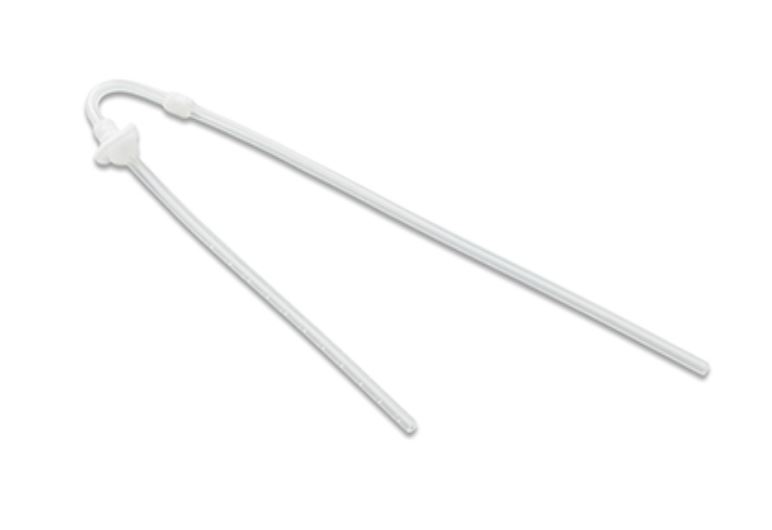Argyle™
Peritoneal Dialysis Catheters
Peritoneal dialysis catheters are intended to provide patients with permanent access to the peritoneal cavity, allowing them to fill and drain their dialysate on a daily basis.
Because of this daily and repeated use, it is important to adapt the catheter exit site to each individual patient in order to facilitate both patient and caregiver handling. Optimised catheter placement and exit-site positioning support adherence to essential maintenance routines and may help reduce potential complications arising from difficult catheter use.
The Ritus™ family of peritoneal dialysis catheters includes a variety of models designed to enable patient-specific customisation and support long-term performance.
Please note! Formerly Argyle is now Ritus. The product features and quality remain unchanged. During the transition period, we will supply both brands in parallel.
The Universal Ritus™ Tenckhoff catheter
Tenckhoff catheter is used for short- and long-term peritoneal chemotherapy, is a standard peritoneal catheter available in various sizes and with either one or two cuffs. Also available is the Ritus™ Universal Tenckhoff, a unique peritoneal catheter that can be trimmed to fit most patient anatomies and sizes.
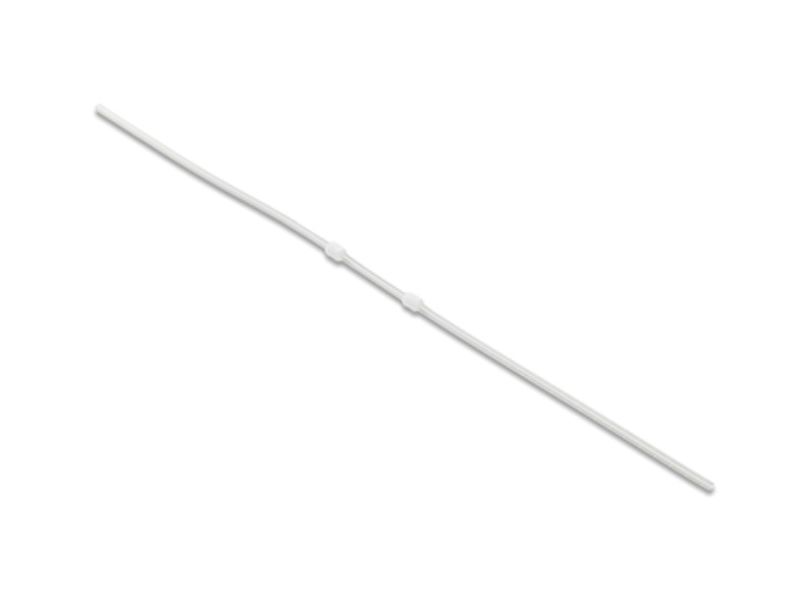
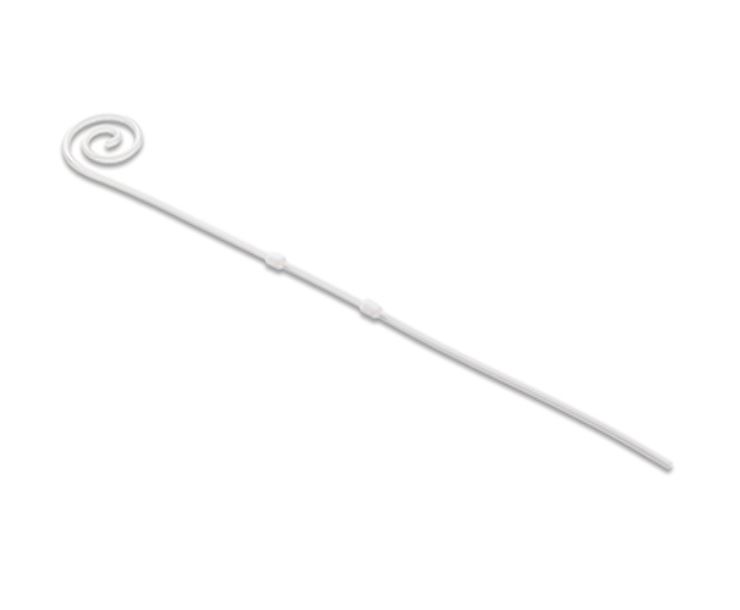
Curl Cath Catheter
The Ritus™ Curl Cath catheter is designed to remain low in the pelvis, reducing catheter migration.
A modified Tenckhoff catheter, the Ritus™ Curl Cath is suitable for both acute and chronic peritoneal dialysis as well as intraperitoneal chemotherapy. It can be placed either percutaneously or surgically. The catheter’s structure provides additional weight, keeping it low in the peritoneal cavity and thereby reducing the risk of migration. Multiple inflow and outflow ports gently disperse the dialysate within the patient.
Oreopoulos-Zellerman Missouri Tenckhoff Catheter
The Ritus™ Oreopoulos-Zellerman Missouri Tenckhoff catheter is designed to prevent the catheter from wrapping around the peritoneal folds and to keep it low in the pelvis.
With the addition of two silicone discs to the intraperitoneal portion, the Ritus™ Oreopoulos-Zellerman Missouri Tenckhoff catheter helps prevent entanglement in the peritoneal folds and maintains the catheter’s position low in the pelvis. In the Missouri configuration, the catheter includes a silicone bead and a felt disc. The felt disc is placed outside the peritoneum and sutured to the rectus muscle, while the silicone bead rests against the peritoneal wall and is designed to prevent dialysate leakage.
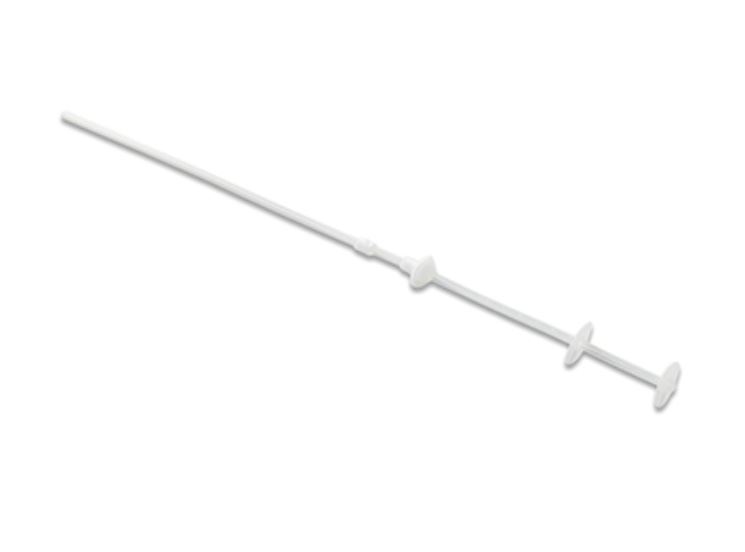
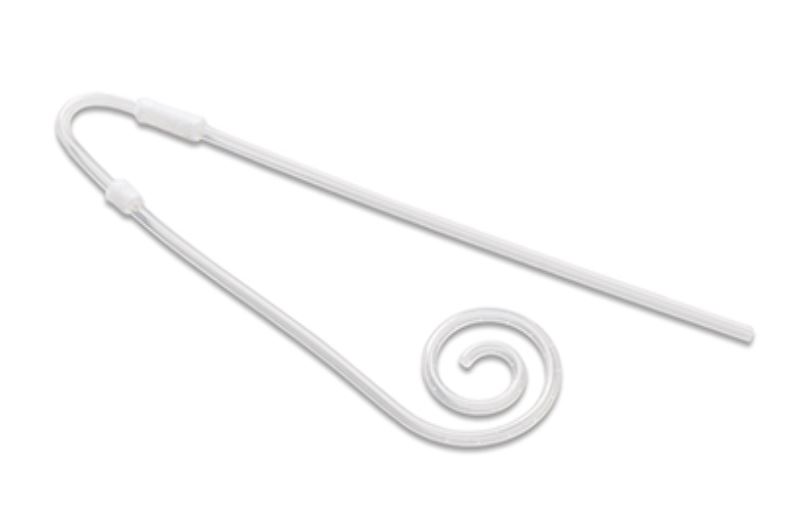
Moncrief-Popovich Swan Neck Curl Cath Catheter
The Ritus™ Moncrief-Popovich Swan Neck Curl Cath catheters support the so-called “buried placement technique,” which has been shown to reduce complications associated with peritoneal catheter placement, such as peritonitis, tunnel and cuff infections, and leakage.
The catheter features a larger 2.5 cm subcutaneous cuff. This cuff allows the catheter to be implanted and left buried in the subcutaneous tissue for 3–6 weeks before use. The catheter’s design, together with the buried placement technique, has been shown to reduce complications related to peritoneal catheter placement—such as peritonitis, tunnel and cuff infections, and leakage—by creating an improved bacteriological barrier and enabling maximum tissue ingrowth into the catheter cuffs in a sterile environment.
Swan Neck Oreopoulos-Zellerman Catheter
The Ritus™ Swan Neck Oreopoulos-Zellerman catheter is designed to prevent the catheter from wrapping around the peritoneal folds and to keep it positioned low in the pelvis.
With the addition of two silicone discs to the intraperitoneal portion, the Ritus™ Oreopoulos-Zellerman Missouri Tenckhoff catheter helps prevent entanglement in the peritoneal folds and maintains the catheter’s low pelvic position. In the Missouri configuration, the catheter includes a silicone bead and a felt disc. The felt disc is placed outside the peritoneum and sutured to the rectus muscle, while the silicone bead rests against the peritoneal lining and is designed to prevent dialysate leakage.
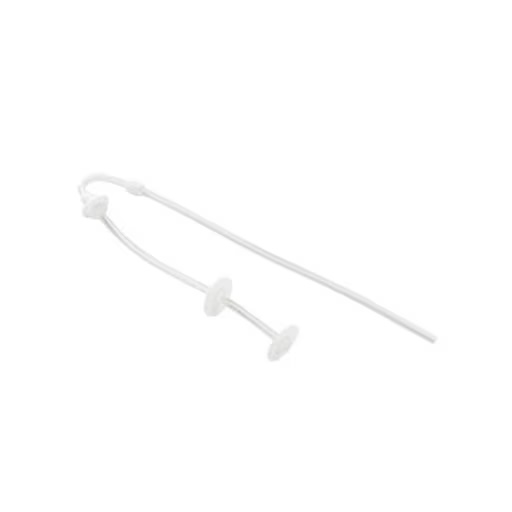
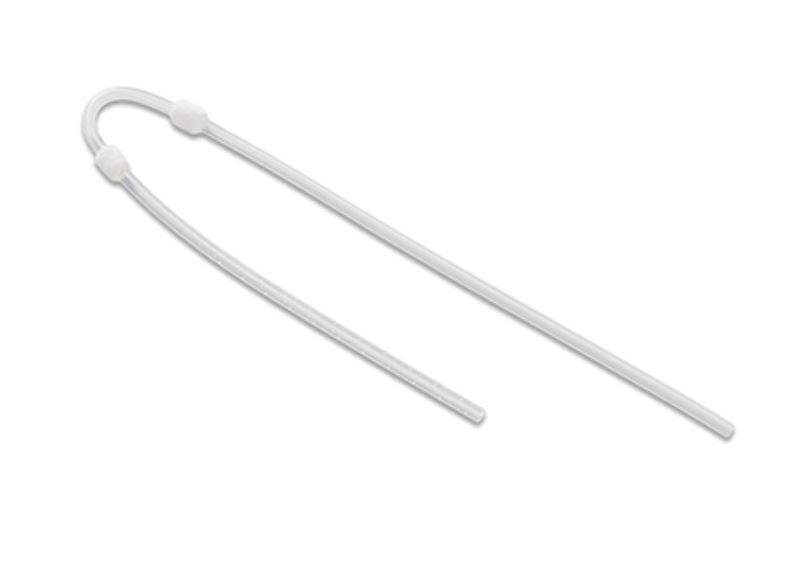
Swan Neck Tenckhoff Catheter
The Ritus™ Swan Neck Tenckhoff catheter is designed to maintain the catheter’s intraperitoneal portion in place and to reduce stress at the exit site, preventing debris accumulation around the exit.
The Ritus™ Swan Neck Curl Cath catheter differs from other catheters due to its preformed 180° bend, which is designed to direct both the internal and external portions downward. This design helps keep the internal portion from migrating out of position and reduces the stress on the exit site often caused when a straight catheter is manually curved during placement. The added weight of the curved catheter keeps it low in the peritoneal cavity, reducing migration. Multiple inflow and outflow ports gently disperse the dialysate throughout the peritoneal cavity.
Swan Neck Curl Cath Missouri Catheter
The Ritus™ Swan Neck Curl Cath Missouri catheter is designed to prevent dialysate leakage by reducing catheter migration within the peritoneal cavity.
The catheter’s structure provides additional weight, keeping it low in the peritoneal cavity and thereby reducing migration. A silicone bead rests against the peritoneal lining and is designed to prevent dialysate leakage. The preformed 180° Swan Neck bend is intended to direct both the internal and external portions downward. This design helps keep the internal portion from migrating out of position and reduces the stress on the exit site, which often occurs when a straight catheter is manually curved during placement. Multiple inflow and outflow ports gently disperse the dialysate within the patient. This catheter is specifically intended for patients experiencing dialysate leakage.
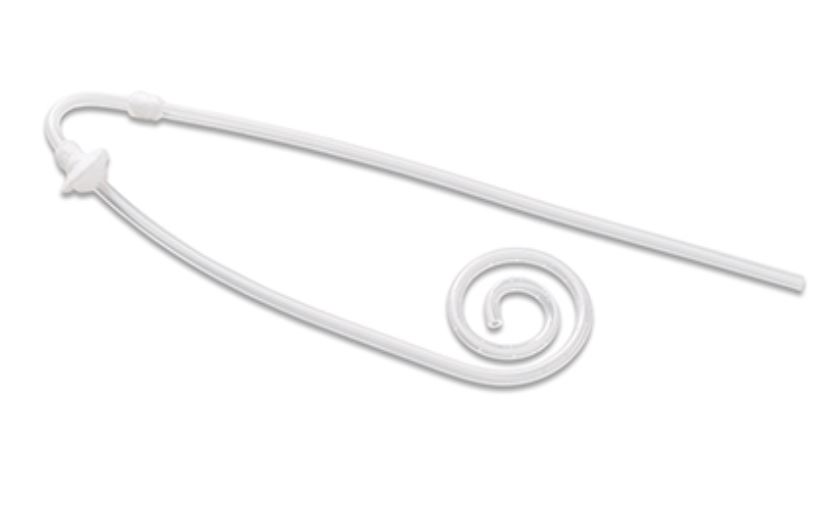
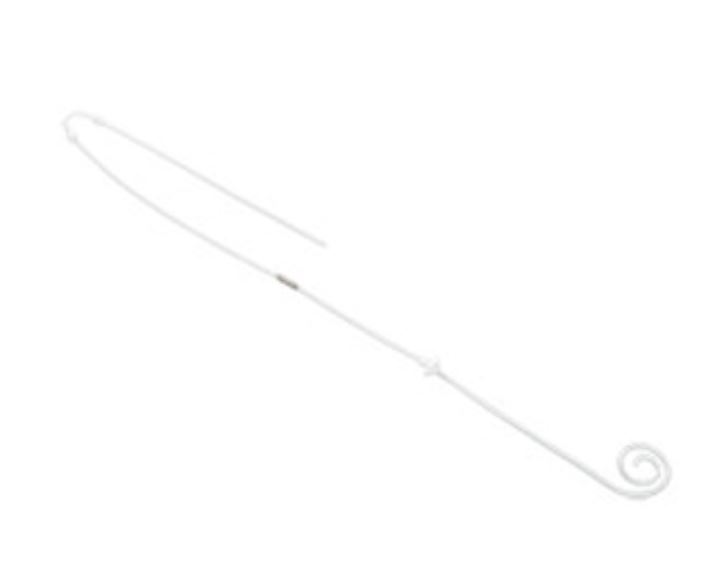
Swan Neck Presternal Catheter
The Ritus™ Swan Neck Presternal catheter is a swan-neck catheter with an exit site located higher on the chest rather than at the waistline, making it an excellent option for patients with a more active lifestyle or for obese patients who may have difficulties using a catheter at the waist. In addition, it is a suitable alternative for patients with urinary incontinence.
The presternal upper segment of the catheter is tunneled beneath the skin of the chest. The upper part connects to the intraperitoneal lower segment via a double-spiked titanium connector. Both segments can be trimmed to fit the patient’s anatomy. The intraperitoneal portion is a variation of the Missouri catheter. The preformed 180° bend is designed to direct both the internal and external portions downward. This design keeps the internal portion in place and reduces stress at the exit site, while also preventing debris accumulation around the exit.
Swan Neck Missouri Catheter
The Ritus™ Swan Neck Missouri catheter is designed to prevent dialysate leakage by reducing catheter migration within the peritoneal cavity.
The catheter’s structure provides additional weight, keeping it low in the peritoneal cavity and thereby reducing migration. A silicone bead rests against the peritoneal lining and is designed to prevent dialysate leakage. The preformed 180° swan neck bend directs both the internal and external portions downward. This design helps keep the internal portion in place and reduces stress at the exit site, which often occurs when a straight catheter is manually curved during placement. This catheter is intended for patients experiencing dialysate leakage.
